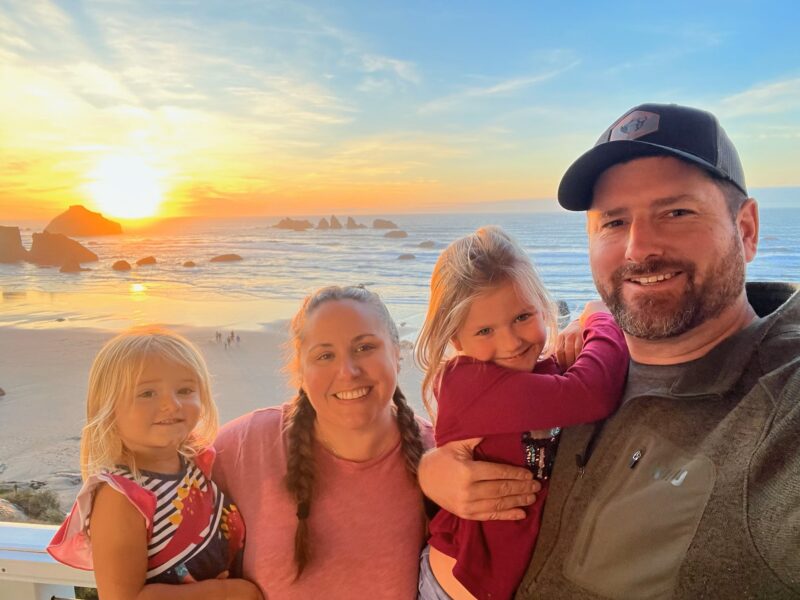Forty years ago, about this time of the year, Dick Bradetich and Mike Wolcott walked into my office at the Idaho Department of Lands in Sandpoint. They announced a start-up consulting forestry business – Inland Forest Management, Inc.
The Bradetich family had a long history involved with forestry, logging and forest products in Bonner County. Mike grew up in Spokane but had roots on the family farm/forest in Worley, Idaho. While working together for the Oregon Department of Forestry in 1980, the seed germinated for starting a consulting forestry business in Sandpoint.
For the past four decades, I have observed IFM from two perspectives – first as a colleague with IDL and currently as a part-time employee. Both have given me a deep respect and admiration for the IFM business model that Dick and Mike explained to me in 1984.
While internal company policies will state it slightly differently, I would paraphrase them by saying IFM places equal importance on three values: the forest, the client and the employee. Each of these components must be considered in every project. This has ensured the equal growth and protection of forestlands, satisfied clients and engaged employees.
Just as forests grow over time, so do businesses, including consulting forestry firms. Seedlings that IFM planted forty years ago have, in some cases, been precommercially thinned and commercially harvested. The company that started with two foresters has increased to a diverse staff of full-time and part-time employees who honor the three values of forest, client and employee. Despite adverse terrain, steep brush and lousy weather, we work diligently to achieve our collective mission.
This issue of Tree Talk focuses on a significant milestone for IFM with the company’s acquisition by F&W Forestry based in Albany, Georgia. From all appearances, this blending of resources will enhance IFM’s ability to serve its clients, while also creating long-term stability for employees and the company in general.
IFM employees met with leaders from F&W and Everwood (refer to the previous article regarding these companies) last November. F&W’s presence in most forested regions of the US did not surprise me; however, it was interesting to learn about their offices in the United Kingdom and South America. And now through Everwood, the Georgia firm has a growing presence in Europe. It is exciting to see IFM is part of that international growth.
During the meeting, I asked one question, “Do you need a forester in County Kerry, Ireland?” The answer, “We have not announced that, why do you ask?” My wife, Marianne, immediately liked the possibility.
To Mike, Dick, Karen and all IFM employees and clients: Job well done! Now let’s look toward the future. The seedling planted in 1984 is now part of a mature forest. A forest which has not reached its full growth increment.
Bill Love, Certified Forester
IFM (2011-2024)

